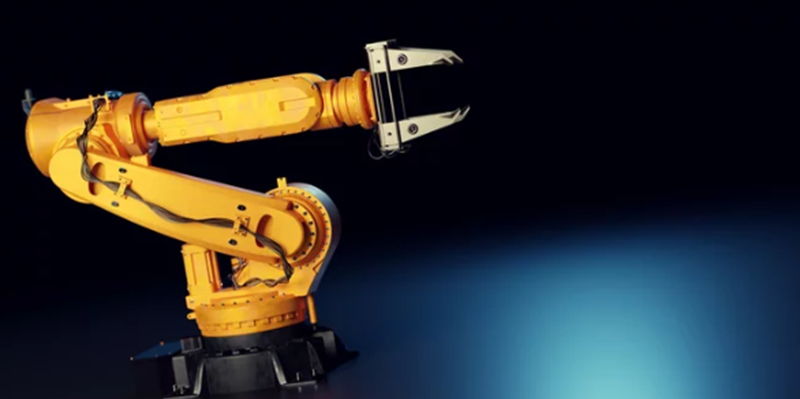Soft gripper robots are innovative machines that have transformed assembly lines and manufacturing processes. These robots are equipped with pliable grippers that allow them to handle a wide range of items, increasing productivity and efficiency in various industries.
Soft gripper robots have become indispensable in the manufacturing sector, allowing companies to dramatically increase productivity by enabling assembly lines to process more items per hour. Their ability to handle various shapes and sizes of products has revolutionized production processes, leading to significant time and cost savings.
Versatility and Adaptability
One of the remarkable features of soft gripper robots is their pliable nature, which enables them to grasp unusually shaped products with ease. Unlike traditional rigid grippers, soft gripper robots can conform to the contours of the items, ensuring a secure grip and reducing the risk of damage during handling.
Soft gripper robots are a game-changer when it comes to minimizing mishandling and the risk of broken or dropped delicate items. Their gentle and adaptable grip reduces the chances of damaging fragile products, thus decreasing waste and ensuring that items reach customers in perfect condition.
Recognizing the significance of soft gripper robots, researchers are continually investing time and resources in developing and enhancing these machines. With the ever-evolving needs of industries, there is a constant demand for improvements in the functionality, flexibility, and efficiency of soft gripper robots.
Applications in the Food Processing Industry
Soft gripper robots have found great utility in the food processing industry. Many companies now manufacture robots that are designed to be easy to clean, thereby helping businesses maintain high cleanliness standards required in food processing facilities. This not only ensures compliance with regulations but also keeps customers safe.
The pliable grippers of soft gripper robots offer excellent traction and control, minimizing the risk of contamination or foreign objects in food products. By securely handling items during the manufacturing process, soft gripper robots contribute to maintaining high levels of customer safety.
Soft gripper robots are not only beneficial for product handling but also enhance safety in the workplace. By taking over repetitive tasks that often lead to workers developing strain injuries, these robots alleviate the physical burden on employees, creating a safer and more efficient work environment.
Competitive Advantage and Market Adaptation
The adaptability of soft gripper robots allows them to effectively cater to users’ changing needs. In the food processing industry, where market trends and consumer demands are constantly evolving, soft gripper robots enable manufacturers to keep up with these changes, ensuring continued marketplace competitiveness.
The ability to rapidly adapt to new product designs or production techniques gives food processors a competitive edge. Soft gripper robots allow for quick adjustments, minimizing downtime and enabling businesses to stay ahead in a dynamic and demanding market.
Advancements and Innovations
Researchers and developers have been exploring the integration of machine learning algorithms into soft gripper robots. By incorporating intelligent systems, robots can recognize and grasp different types of fruits or objects with high accuracy. A notable example is a researcher who built a robot incorporating machine learning into an adaptive gripper, achieving up to 98% accuracy in recognizing and grabbing five types of fruit.
Inspired by the art of kirigami, researchers have developed a new soft gripper with enhanced functionality. This gripper can pick up a water drop while also having the strength to hold more than 14 pounds. By drawing on innovative designs and techniques, continuous advancements in soft gripper technology expand the capabilities of these robots.
Gradual Implementation and Benefits
Companies can gradually implement soft gripper robots into their existing production systems, allowing for a seamless transition and minimizing disruptions. This approach enables businesses to fully leverage the benefits of soft gripper robots while ensuring a smooth workflow during the implementation process.
Soft gripper robots offer a wide range of advantages to businesses. They increase productivity, reduce waste through improved item handling, enhance workplace safety by minimizing strain injuries, and enable companies to adapt to changing market needs. These robots provide a significant return on investment by streamlining processes, improving efficiency, and maintaining high product quality.
Soft gripper robots have revolutionized the manufacturing industry by increasing productivity, enhancing safety, and enabling companies to adapt to changing market demands. These versatile robots, with their pliable grippers, have transformed assembly lines, reducing waste, improving accuracy, and ensuring customer satisfaction. As technology continues to advance, the ongoing improvements in soft gripper robots will undoubtedly bring further benefits to various industries, propelling them towards a more efficient and competitive future.

